Ask a Scientist: The US Has to Do More to Meet Its Carbon Emissions Reduction Goals
Union of Concerned Scientists
NOVEMBER 16, 2023
The legislation committed nearly $400 billion to support, among other things, wind and solar power, battery storage, electric vehicles, and other clean energy technologies that will make a significant dent in US heat-trapping emissions. trillion in avoided climate change-related damages.



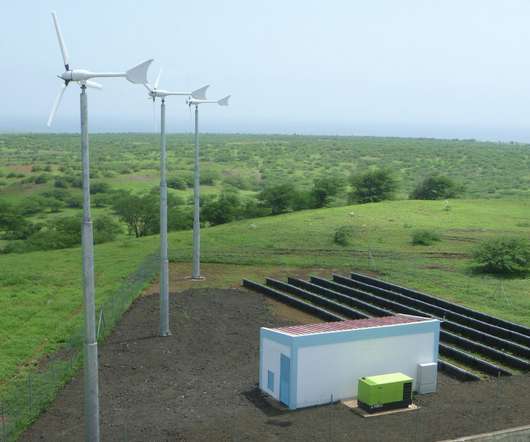





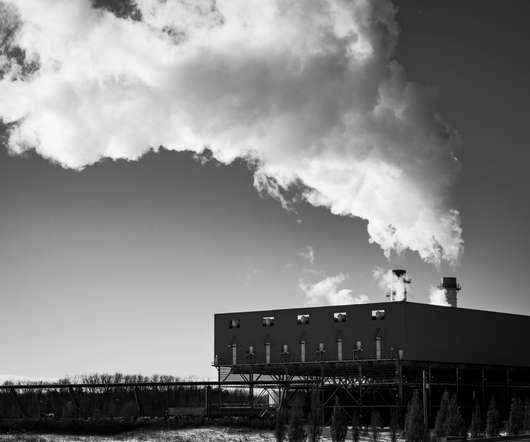
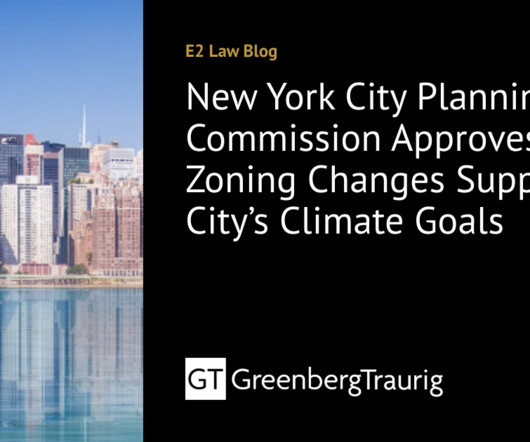
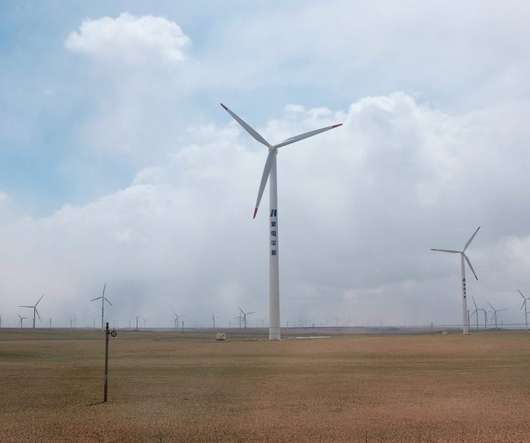



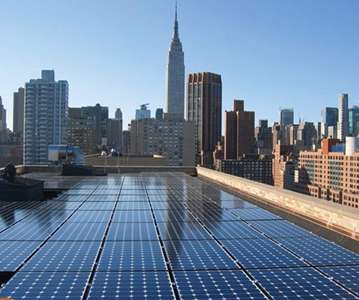

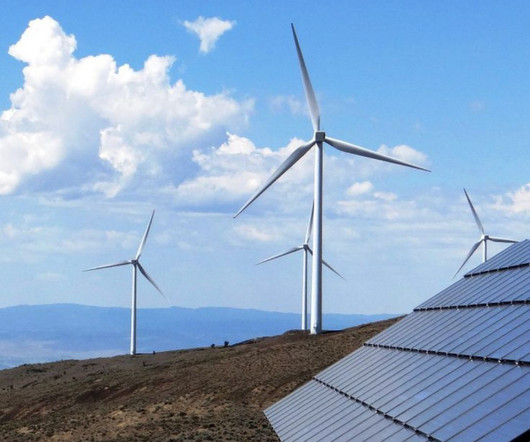
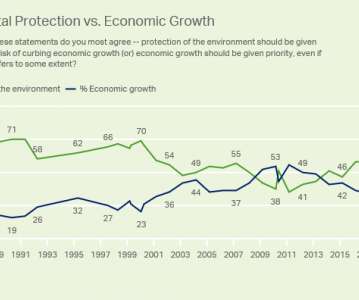














Let's personalize your content